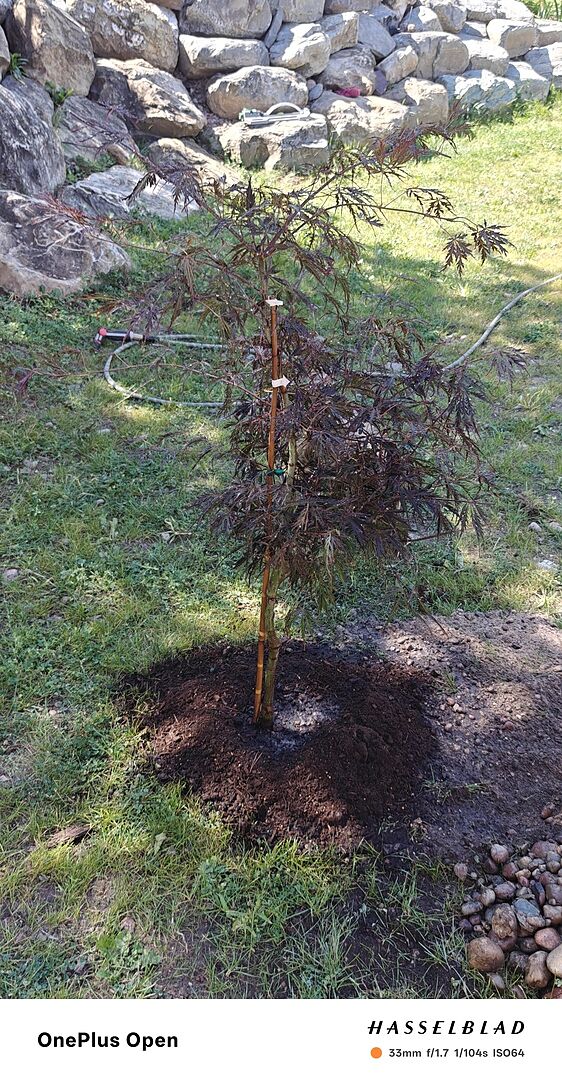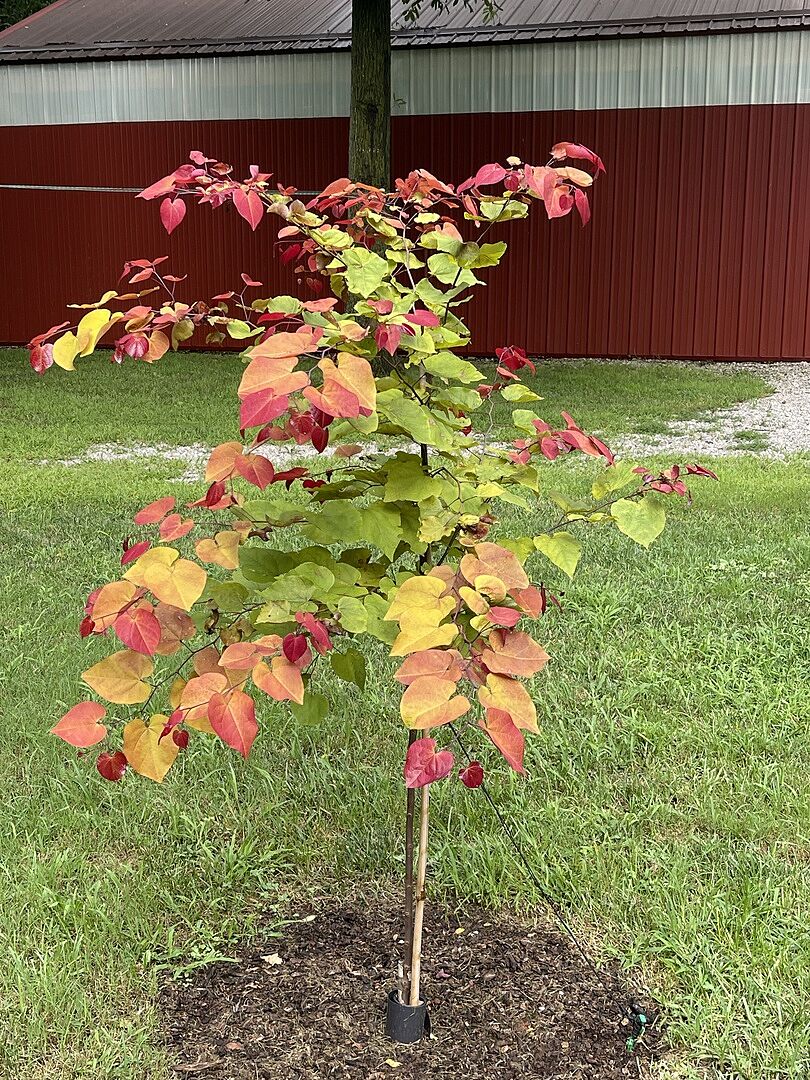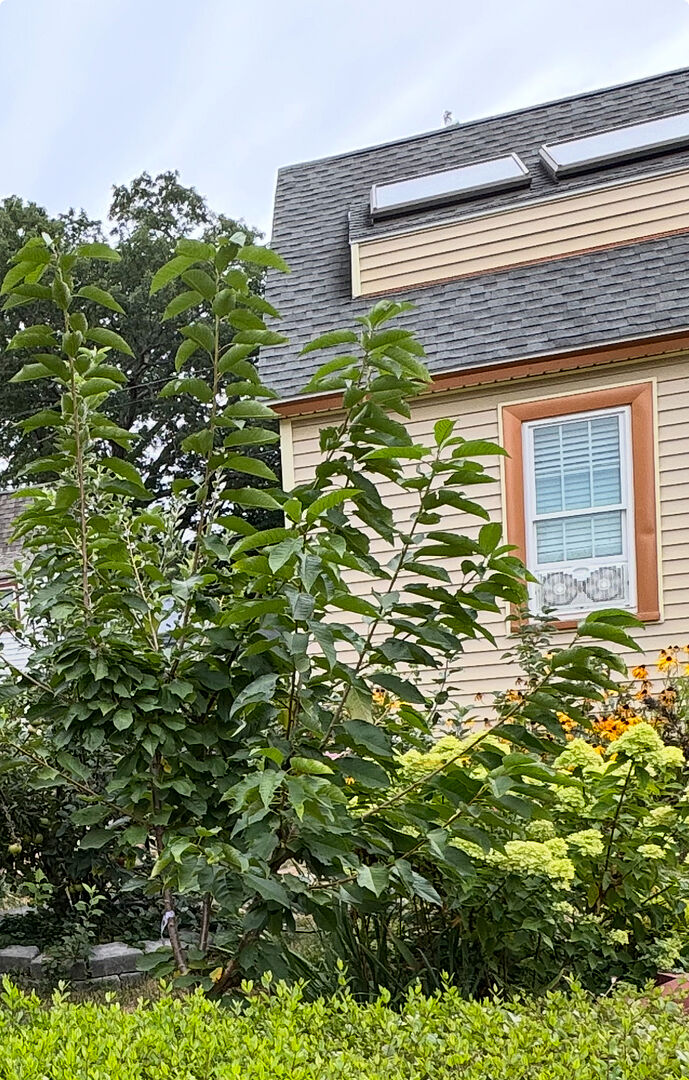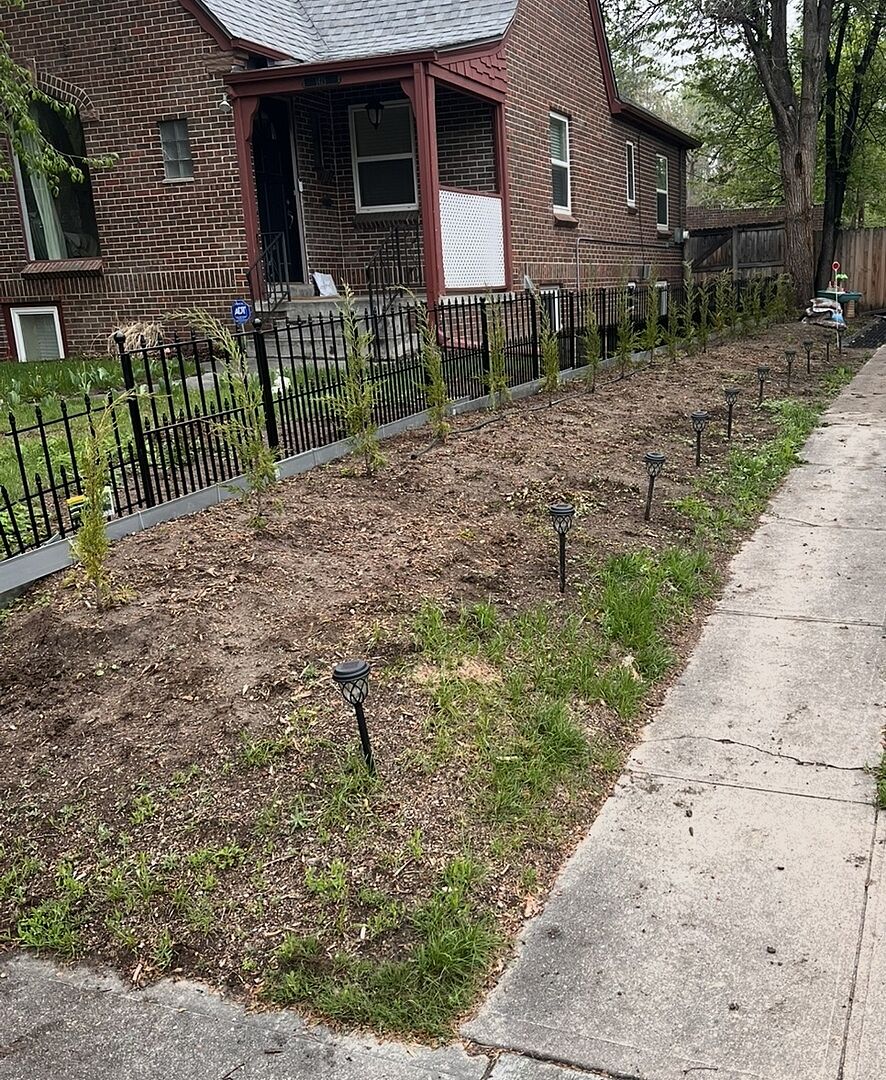Annuals
Filters
Only items for my growing zone
Zone -
My Location
Only items for my zoneGrowing Zones
Plant Type
Flower Color
Sunlight
Mature Height
Plant Characteristics
Bloom Season
Growth Rate
Annuals are plants that germinate, flower, set seeds, and die within one season. Because of their short lifespan and need to reproduce quickly, they usually have extreme flower power, blooming repeatedly through the growing season.
The benefit of planting annuals is their short nature. If you’re the type of gardener who loves to experiment or bores easily, annuals let you redesign your yard over and over again.
Annuals Plant Care
Annuals require consistent care to reach their full potential. Because their lifespan is so short, you want to do everything in your power to meet each plant’s specific needs. Follow these tips to get started.
Climate: Annuals are versatile plants that can thrive in various regions, even those with cooler weather. Understanding which variety suits your yard’s climate is the key. Annuals are categorized into three climate designations: tenders, half-hardy, and hardy.
Tenders: These plants prefer warm soil and temperatures. They cannot stand any frost. Plant them when temperatures are above 55 degrees Fahrenheit. Tenders to be aware of include Impatiens, Geraniums, Zinnia, Verbena, and Coleus.
Half-hardy: This type, which includes Floss Flower, Cosmos, and Nicotiana, can withstand a few nights when temperatures are between 35 to 45 degrees Fahrenheit.
Hardy: These annuals can withstand a small amount of freezing weather but not a sustained freeze. They do best when planted in the ground instead of in a container. Check out Pinks, Sweet Alyssum, and Snapdragon.
Soil: Annuals prefer evenly moist soil. Before planting, test your soil to learn its pH and nutrients. A pH of around 6.5 will work for most annuals. Amend the soil with organic matter, if necessary.
Water: Broadly, annuals need to be watered daily, especially if they are in the sun for an extended time. It is difficult to overwater annuals but always water the soil before you start. It should be slightly moist.
Annuals Plant Varieties
Ready to dazzle your neighbors with a colorful garden? We’ve highlighted two varieties we recommend. Remember, annuals plant from seed, or you can buy young plants from trusted plant sellers. Just don’t start late; you’ll want all the time you can get with these beauties.

Proven Winners Luscious Royale Piña Colada Lantana: Boasting small yellow and white clusters, this Lantana plant attracts pollinators like you wouldn’t believe. Not only will you have a show-stopping plant, but your garden will be abuzz with birds, butterflies, and hummingbirds.
Hardiness: USDA zones 9 to 11 outdoors / 4 to 11 patio
Size: 1-2 feet tall x 1-2 feet wide
Growth rate: Moderate
Sunlight: Full sun
Superbena Royale Romance Verbena: Striking burgundy blooms are only the start. This hybrid is heat and drought tolerant and designed to grow in most garden settings. They also don’t require deadheading!
Hardiness: USDA zones 8 to 11 outdoors / 4 to 11 patio
Size: 6-12 feet tall x 1.5-2 feet wide
Growth rate: Moderate
Sunlight: Full to partial sun
Common Questions about Annuals
Which annuals flower the longest?
It’s difficult to say which annuals flower the longest, but many colorful plants will last all summer long. Geraniums, Lantana, Petunia, and Zinnia all have impressive flower power and are easy to care for.
What annuals do well in both sun and shade?
Most annuals require full sun to achieve their best blooms. However, some varieties can thrive with a limited amount of sunlight daily. Petunia is a highly adaptable flower that will flourish in partial sun (3-6 hours of sun a day). Begonia is another excellent option. This flower requires just 3 to 4 hours of sunlight daily. You should also consider Dichondra, Torenia, and Coleus.
What temperature kills annuals?
Annuals’ nemesis is cold weather. Thirty-two degrees Fahrenheit is the danger zone. If the temperature hovers here for a few hours, it will kill most above-ground plants. Below 32 degrees is considered a hard frost. If there is a freeze warning in the spring, protect your plants as best as you can or bring them inside. If a freeze warning occurs in the fall, it’s a sign the growing season has concluded.





































































































































































































































































